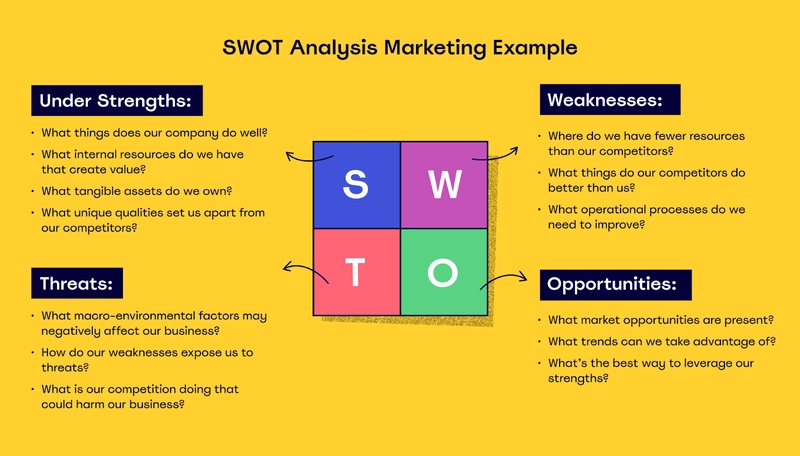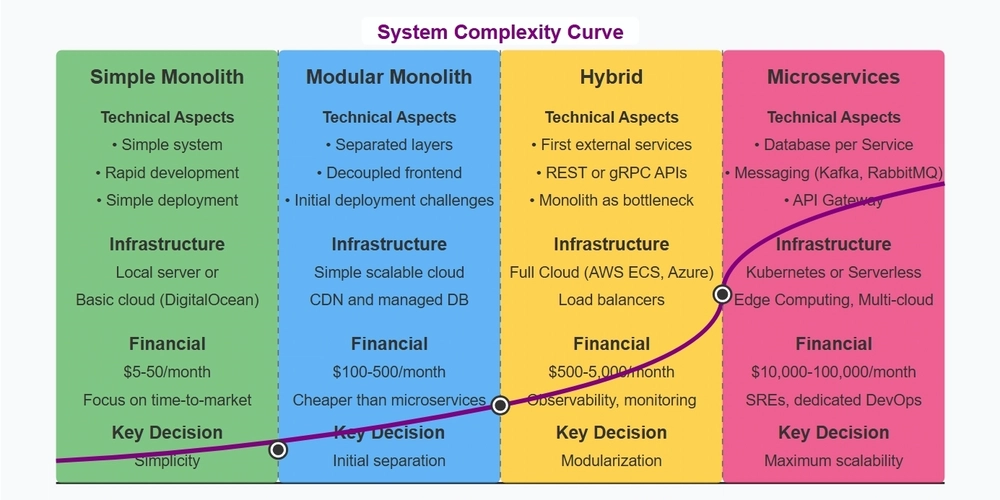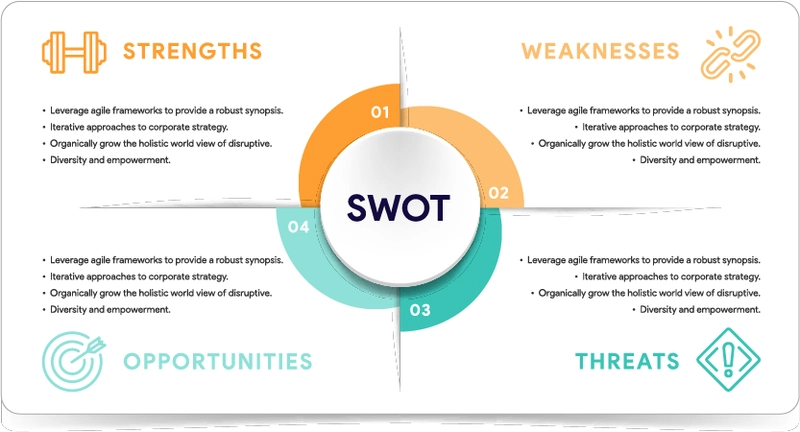SWOT Analysis in Software Projects: How to Brainstorm Risks and Opportunities
Introduction Launching a software project is more than writing code; it’s about navigating a landscape of unknowns. Every developer, engineer, and project manager knows that surprises can derail even the best-planned sprint. That’s where a structured approach like SWOT analysis and focused brainstorming becomes invaluable. Let’s break down how these tools help software teams anticipate risks, uncover opportunities, and build more substantial, more resilient projects. What Is SWOT Analysis in Software Projects? SWOT stands for Strengths, Weaknesses, Opportunities, and Threats. It’s a strategic planning tool used by software teams to assess both internal and external factors that could impact a project’s success. Unlike generic risk lists, a SWOT analysis is collaborative and tailored to your team’s unique context, technology stack, and business goals. Strengths: Internal strengths and resources that provide your team an edge (e.g., deep expertise in a framework, robust CI/CD pipelines). Weaknesses: Internal limitations or gaps (e.g., lack of experience with a new tech stack, insufficient documentation). Opportunities: External trends or events you can leverage (e.g., emerging market demand, new APIs). Threats: External risks that could hinder progress (e.g., regulatory changes, aggressive competitors).

Introduction
Launching a software project is more than writing code; it’s about navigating a landscape of unknowns. Every developer, engineer, and project manager knows that surprises can derail even the best-planned sprint. That’s where a structured approach like SWOT analysis and focused brainstorming becomes invaluable. Let’s break down how these tools help software teams anticipate risks, uncover opportunities, and build more substantial, more resilient projects.
What Is SWOT Analysis in Software Projects?
SWOT stands for Strengths, Weaknesses, Opportunities, and Threats. It’s a strategic planning tool used by software teams to assess both internal and external factors that could impact a project’s success. Unlike generic risk lists, a SWOT analysis is collaborative and tailored to your team’s unique context, technology stack, and business goals.
- Strengths: Internal strengths and resources that provide your team an edge (e.g., deep expertise in a framework, robust CI/CD pipelines).
- Weaknesses: Internal limitations or gaps (e.g., lack of experience with a new tech stack, insufficient documentation).
- Opportunities: External trends or events you can leverage (e.g., emerging market demand, new APIs).
- Threats: External risks that could hinder progress (e.g., regulatory changes, aggressive competitors).










































































